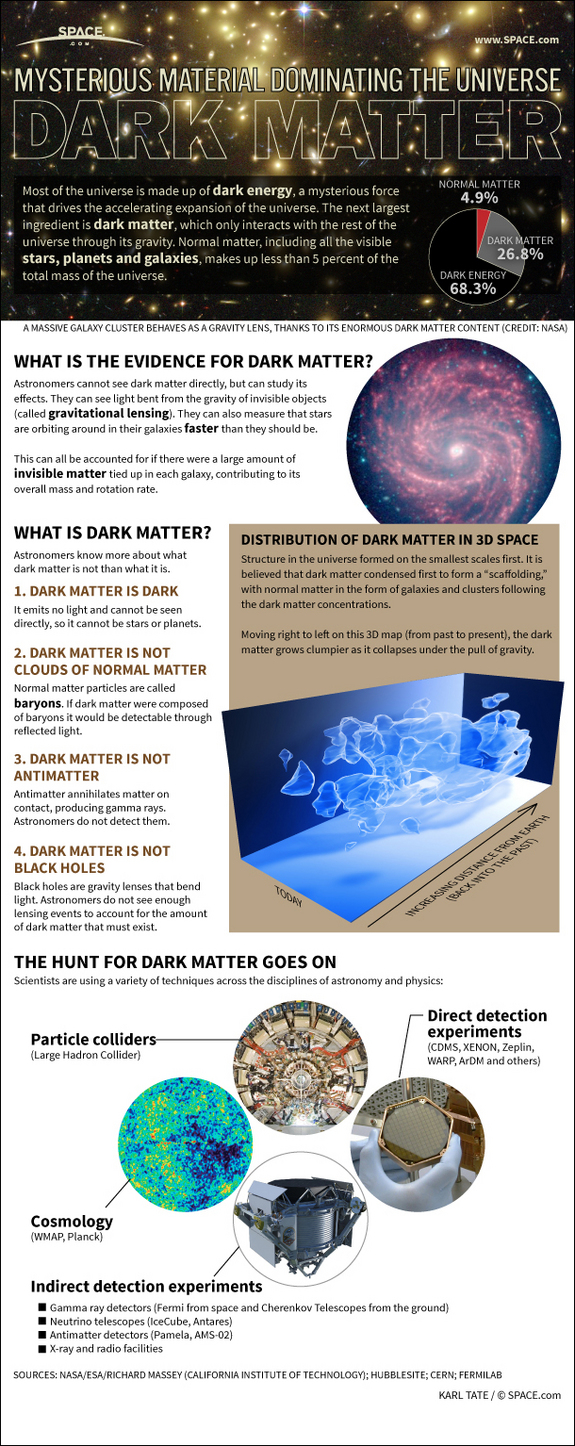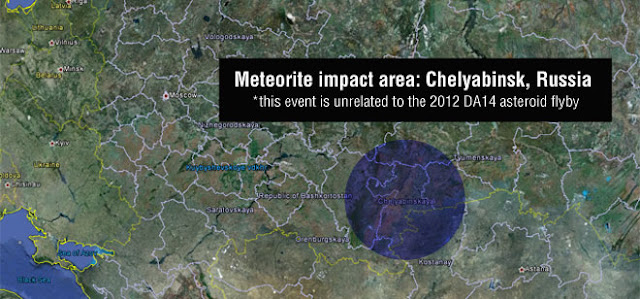Apart from the mechanical devices made of metal, wood or
ivory, some early astronomers relied on massive masonry structures for astronomical
observations. Among the oldest such structures is the megalithic ruin known as
Stonehenge in England. Stonehenge was constructed of 56 individual segments and
was possibly used as a method of determining several astronomical events.
Investigators over the last 100 years have revealed that Stonehenge was build
in several stages from 2800-1800 BC. It seems to have been designed to allow
for observation of astronomical phenomena - summer and winter solstices,
eclipse and more. The stone pillars may have been constructed so that the
alignment of the sun, with respect to the pillars, would allow astronomers to
determine the beginnings and mid points of the seasons. Stonehenge may have
been used as a tool to determine the position of the moon throughout the year,
roughly predicting the occurrence of eclipses.













































.jpg)




